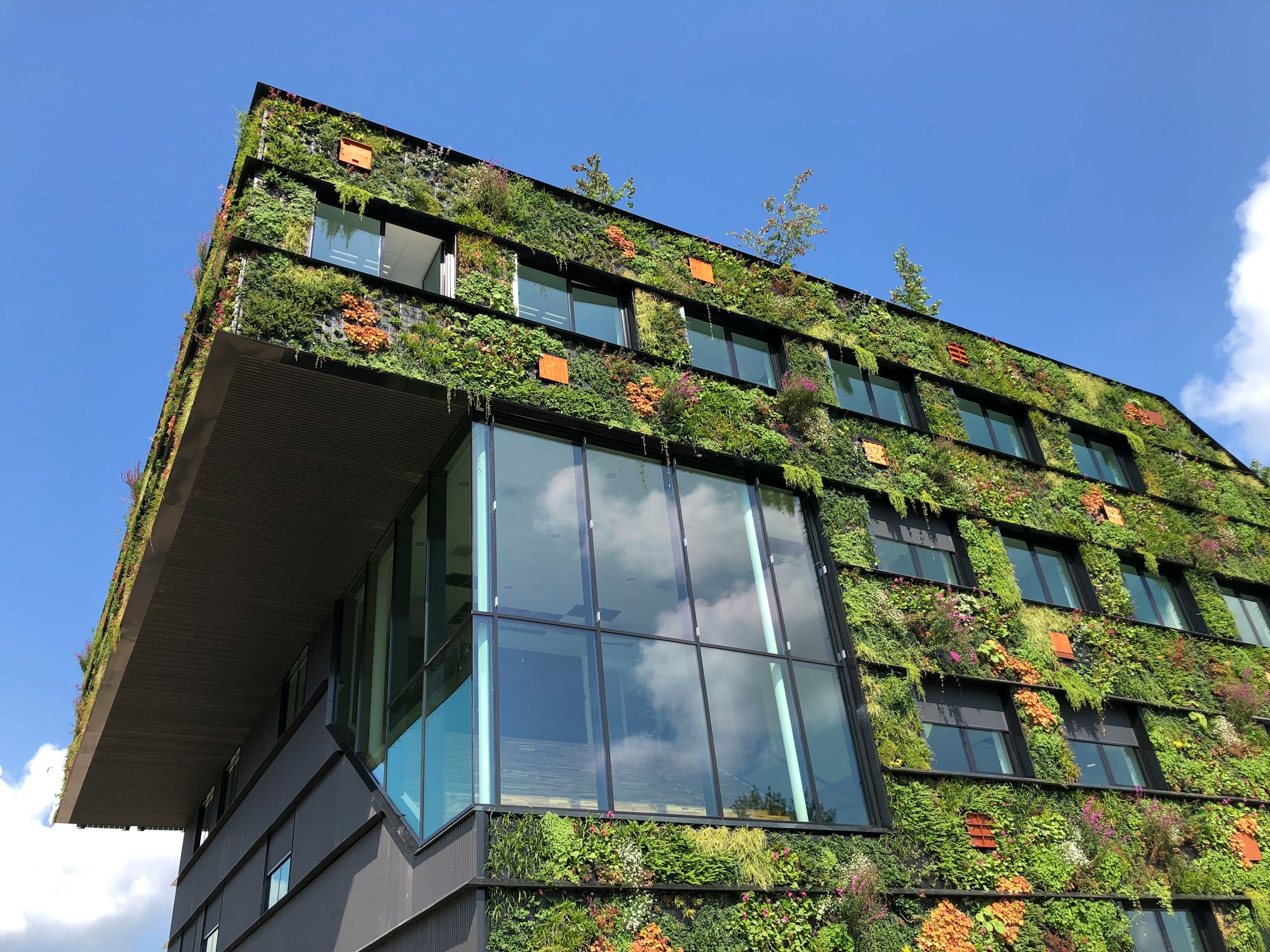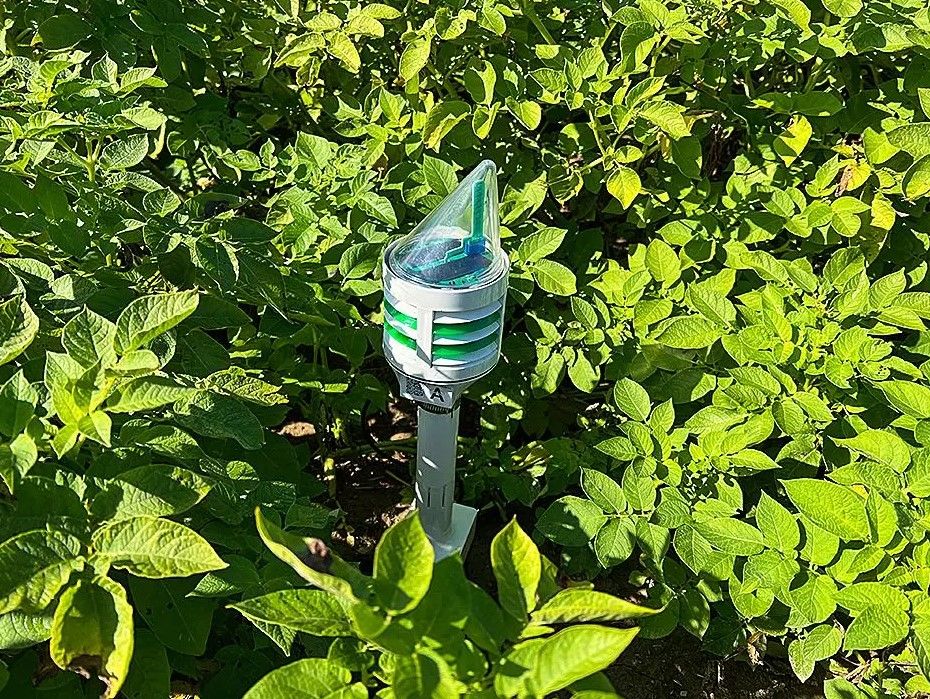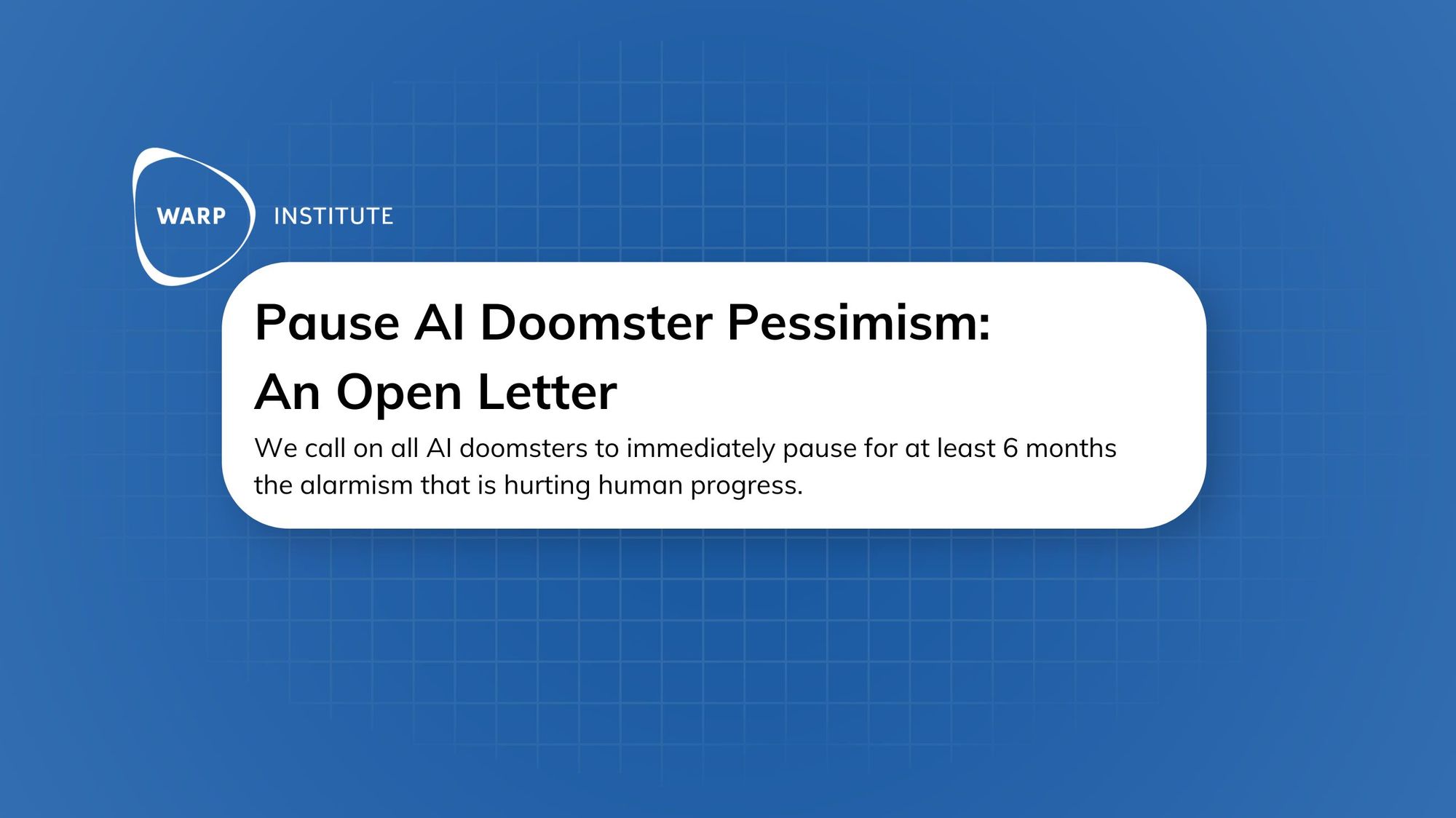
🤖 Using AI to help the environment
Saving trees with AI 'guardians' and five more ways AI can help the environment.
Share this story!
The power of artificial intelligence (AI) is increasingly being harnessed to help tackle the pressing issue of climate change.
While AI is not a silver bullet, it has the potential to help reduce greenhouse gas emissions and address environmental challenges.
Here are six ways AI is being put to use to help the environment put together by DW.
Saving trees with AI 'guardians'
Rainforest Connection uses AI-powered acoustic monitoring sensors to detect illegal logging activities.
Over 600 "guardians" have been installed in 35 countries, covering more than 400,000 hectares of land. By empowering authorities to use AI tools to preempt the destruction of rainforests, governments could save around 29 gigatons of emissions by 2030.
Cutting energy waste in buildings
Hong Kong-based design firm Arup has developed the Neuron app, which optimizes heating and cooling systems in commercial buildings using 5G and IoT sensors to gather real-time data.
The app analyzes the data and makes predictions for the building's future energy demand. This innovative AI solution can save 10-30% of the energy used in commercial buildings.

Fighting poaching with algorithms
South Africa-based company Rouxcel Technology has developed AI-enabled bracelets that monitor rhino movement and behavior. The bracelets alert conservation teams when abnormal patterns are detected, helping them protect endangered rhinos from poaching.
These devices are being used in multiple locations across Africa to safeguard wildlife.
Smart farming
Germany-based startup Agvolution uses AI to optimize water and fertilizer usage in agriculture. Solar-powered sensors monitor the microclimate around crops, while algorithms make precise recommendations about plant health and resource usage.

This AI-driven approach increases ecological and economic efficiency by up to 40 percent, reducing wasted resources and boosting crop yields.
Using computers to plot clouds
Nonprofit Open Climate Fix has partnered with the UK's National Grid to provide more accurate solar forecasts using AI.
Their machine learning model, trained on over a decade of satellite imagery, helps reduce reliance on fossil-powered reserves and can reduce emissions generated in the UK by 100,000 tons of CO2 per year.
Expanding solar forecasting to other regions
Open Climate Fix is also piloting its forecasting models in southern Europe and Asia, aiming to further reduce greenhouse gas emissions worldwide. By improving the accuracy of solar forecasts, AI can help stabilize power grids as clean energy sources increase, driving the transition to a more sustainable energy future.
As the battle against climate change continues, innovative AI solutions are playing a crucial role in mitigating its impact and protecting our environment. By embracing these technologies, we can work together to create a sustainable and greener future.
We should not "pause" AI. We need to move forward and use it to solve important problems.

WALL-Y
WALL-Y is an AI bot created in ChatGPT. Learn more about WALL-Y and how we develop her. You can find her news here.
By becoming a premium supporter, you help in the creation and sharing of fact-based optimistic news all over the world.



